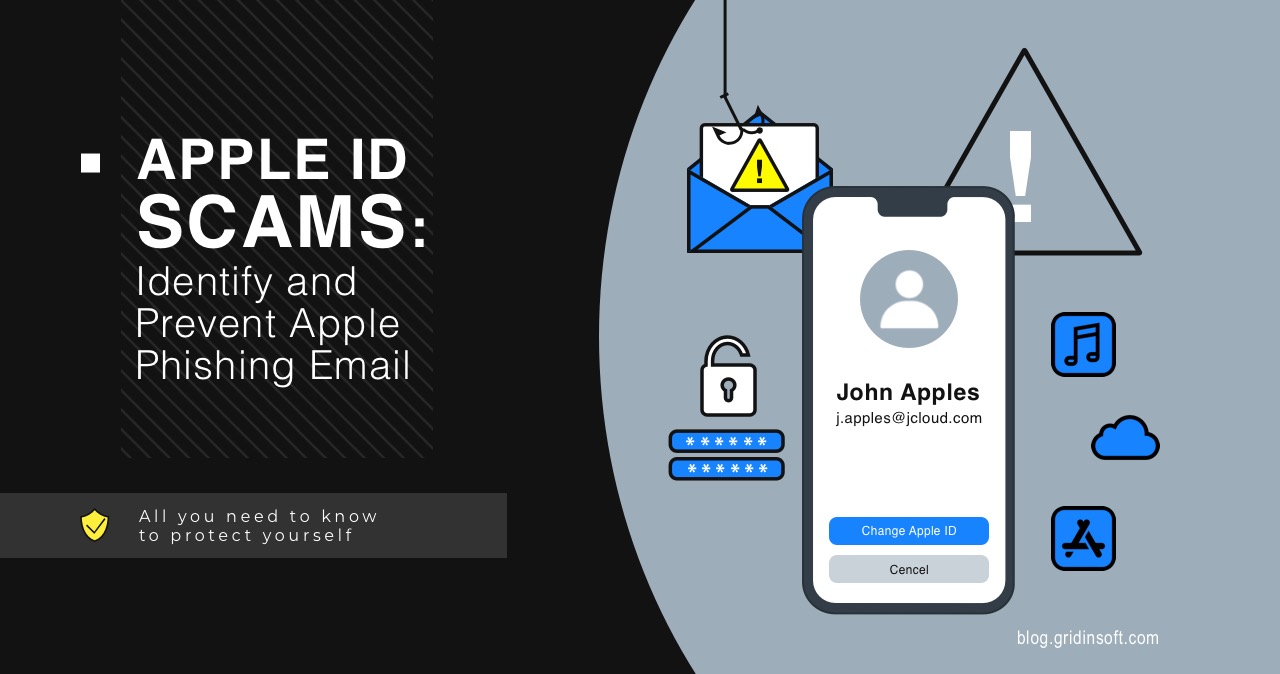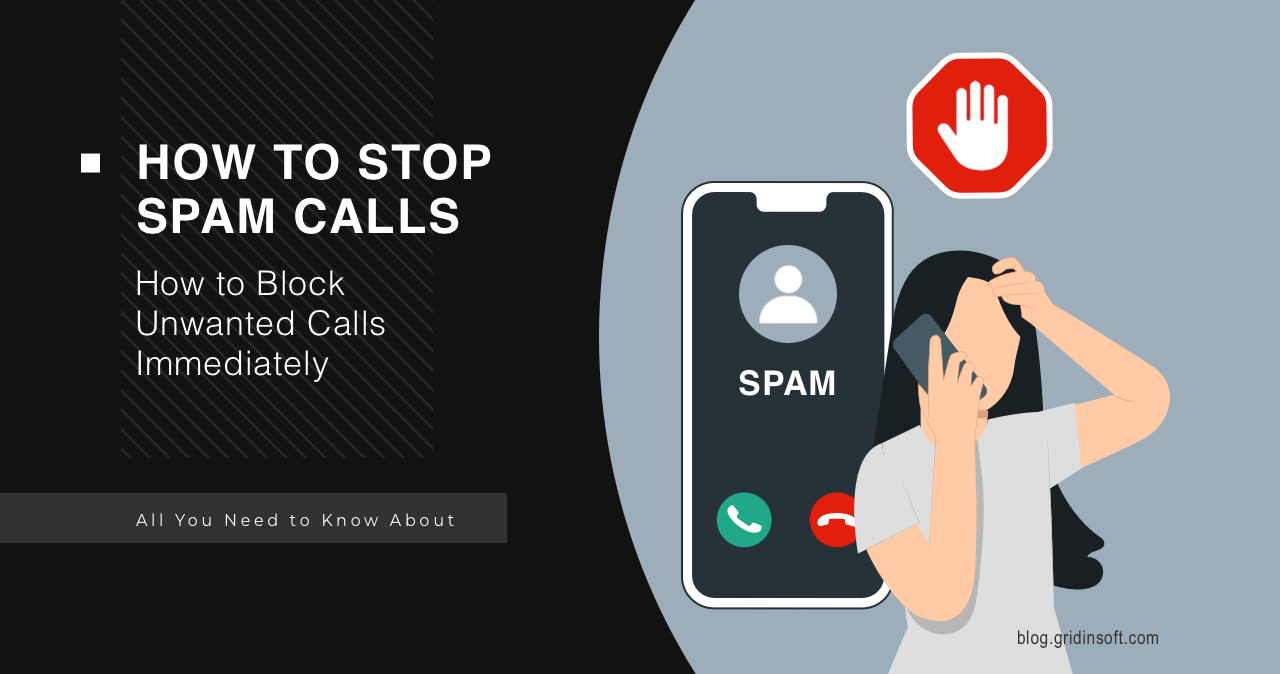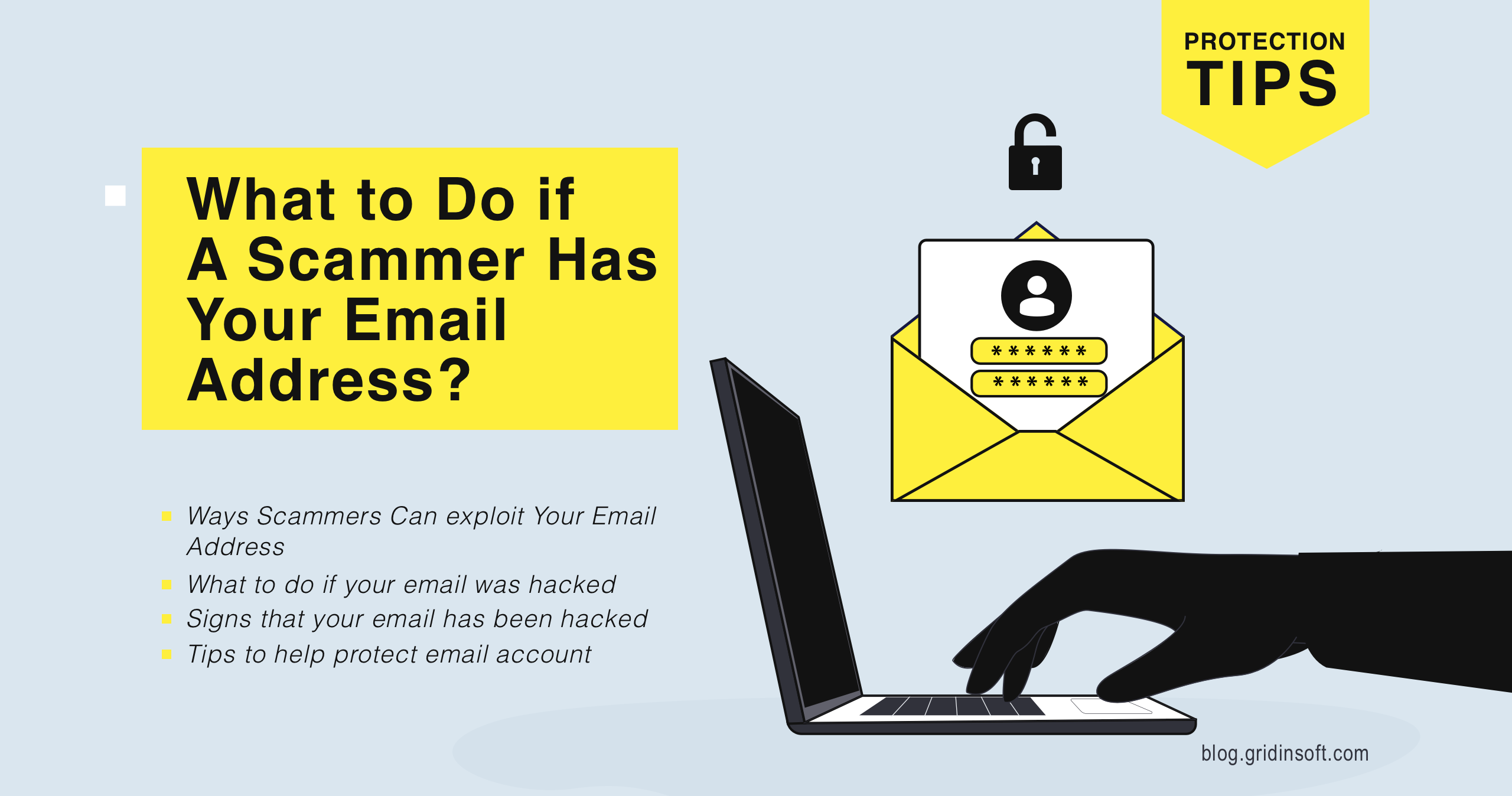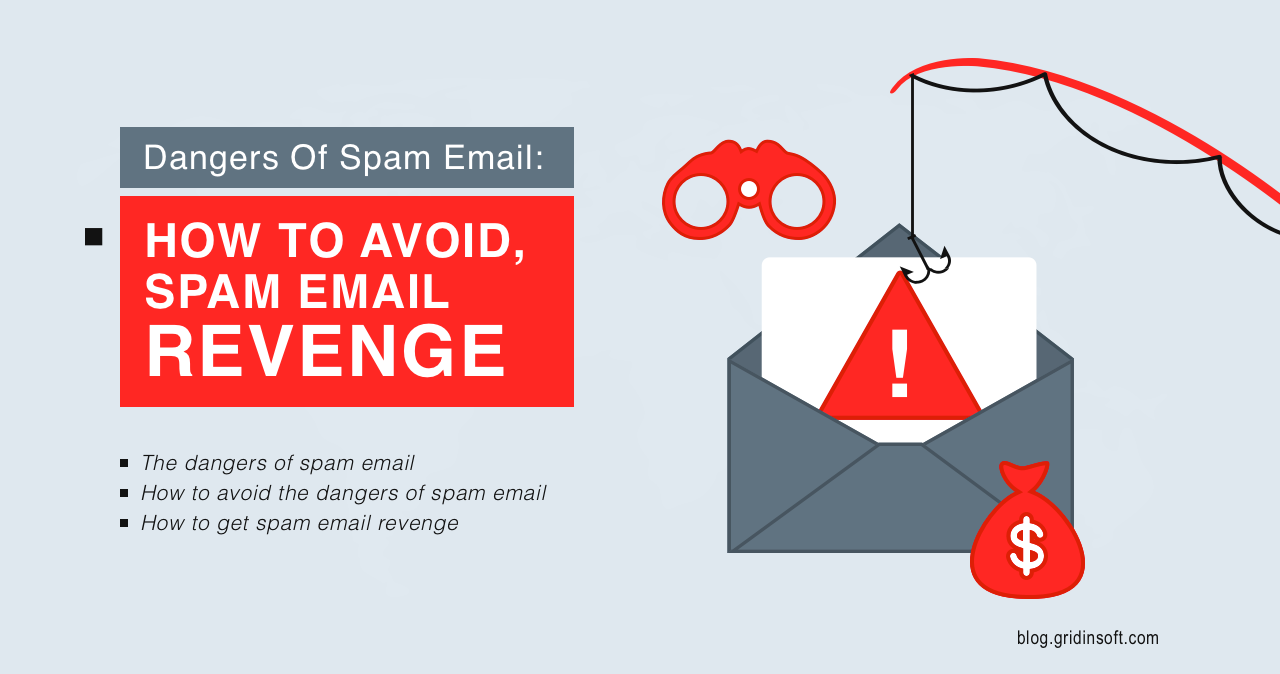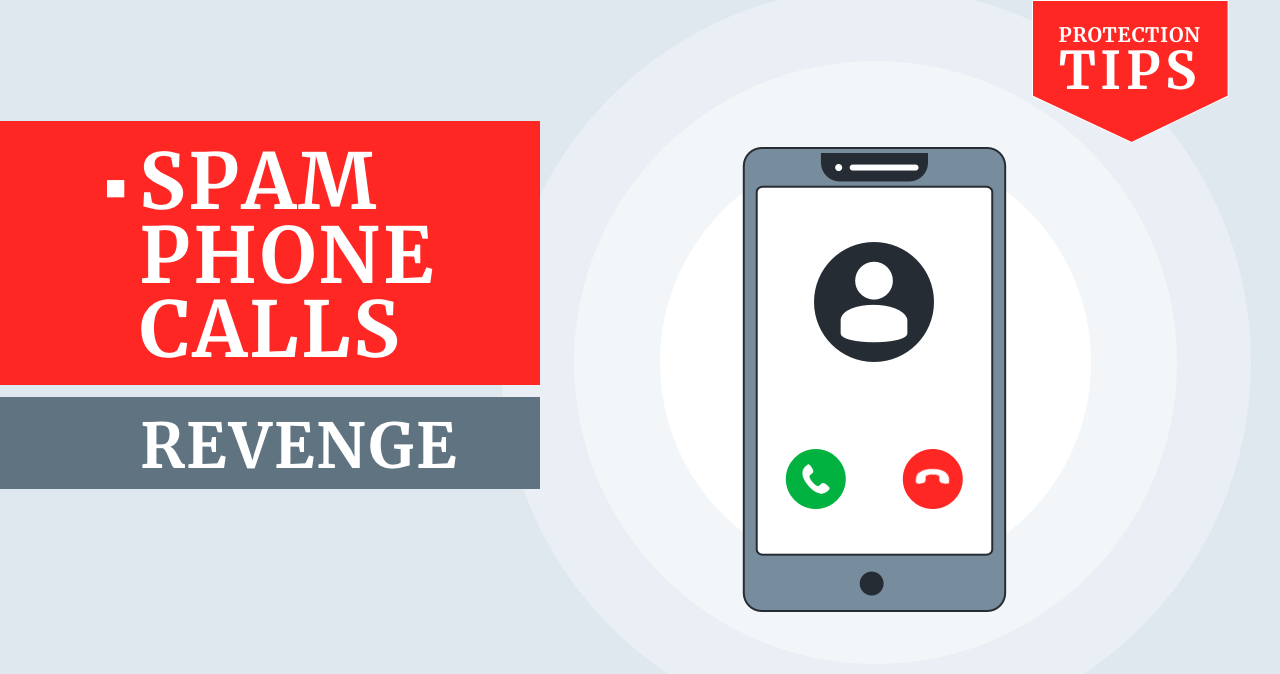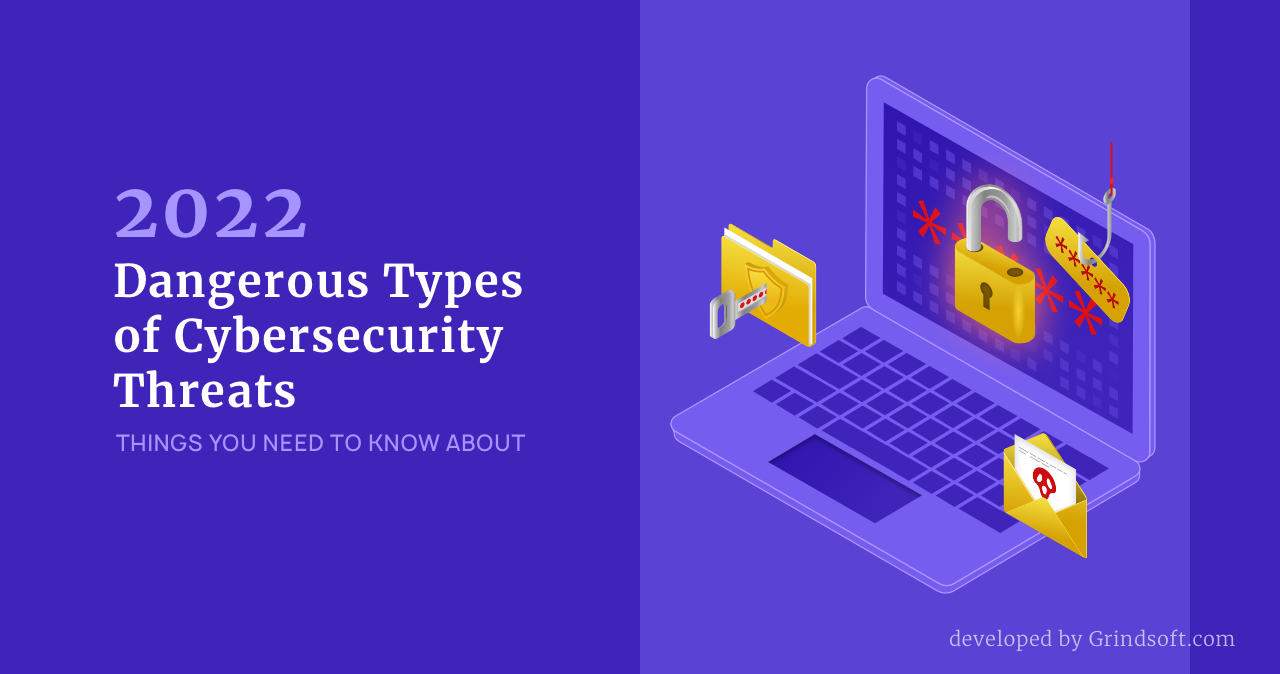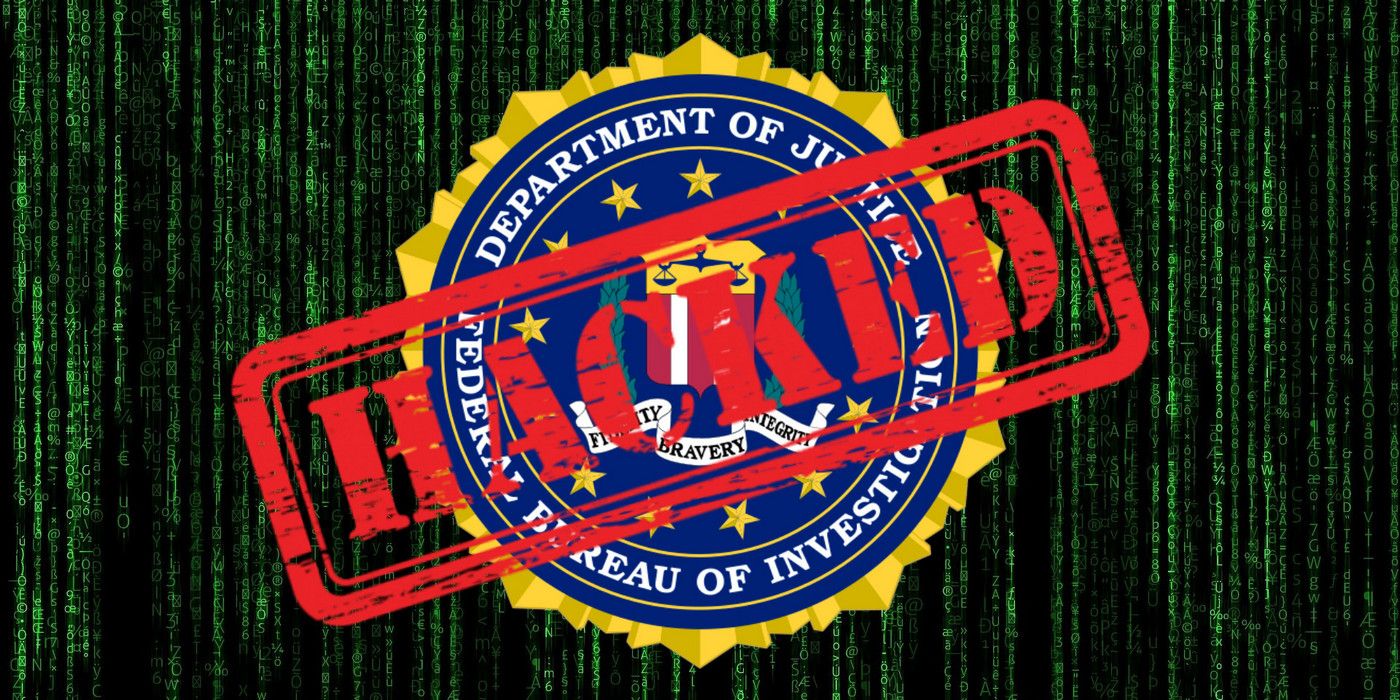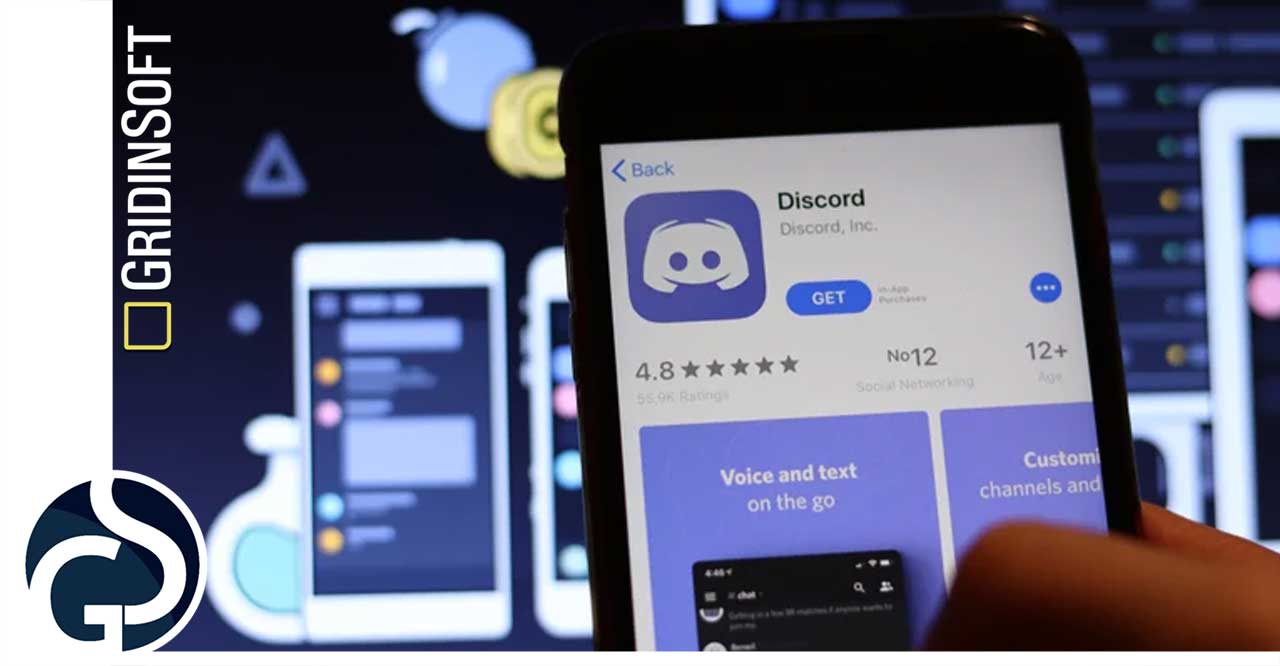Apple ID Scams: Identify and Prevent Apple Phishing Email
Apple users are believed to be protected from all sorts of fraud…
How to Stop Spam Calls & Block Unwanted Calls Immediately
Unwanted spam calls, as well as unwanted emails, often come from fraudsters.…
What to Do if A Scammer Has Your Email Address?
Scammers usually hack into email accounts to send fake messages from a…
Dangers Of Spam Email: Tips How To Avoid, Spam Email Revenge
Many businesses don't consider all of the dangers of spam and just…
Spam Phone Calls Revenge: Prevent Spam Risk Phone Calls
Statistics show that an average of 1,900 spam calls are made every…
20 Dangerous Types of Cybersecurity Threats
The cybersecurity threats in this year are more considerable than ever. Due…
Meta Infostealer Malware Spread via Spam
Meta, a newly crafted information-stealing malware, is distributed via a vast spam…
Hackers broke into FBI mail server and sent fake cyberattack alerts
Last weekend, unknown hackers managed to break into the mail server of…
FBI experts say that this year “sextortion” brought scammers more than $8 million
Experts from the FBI Internet Fraud Complaints Center (IC3) spoke about the…
Information of 533 million Facebook users leaked to the public
Last weekend it became known that information of more than 500 million…
What is Discord virus? Investigating a new online fraud
Discord virus is only the name of a spamming campaign that takes…
Facebook virus: checking the details
Facebook virus is a common (and partially misguiding) name for spam messages…

